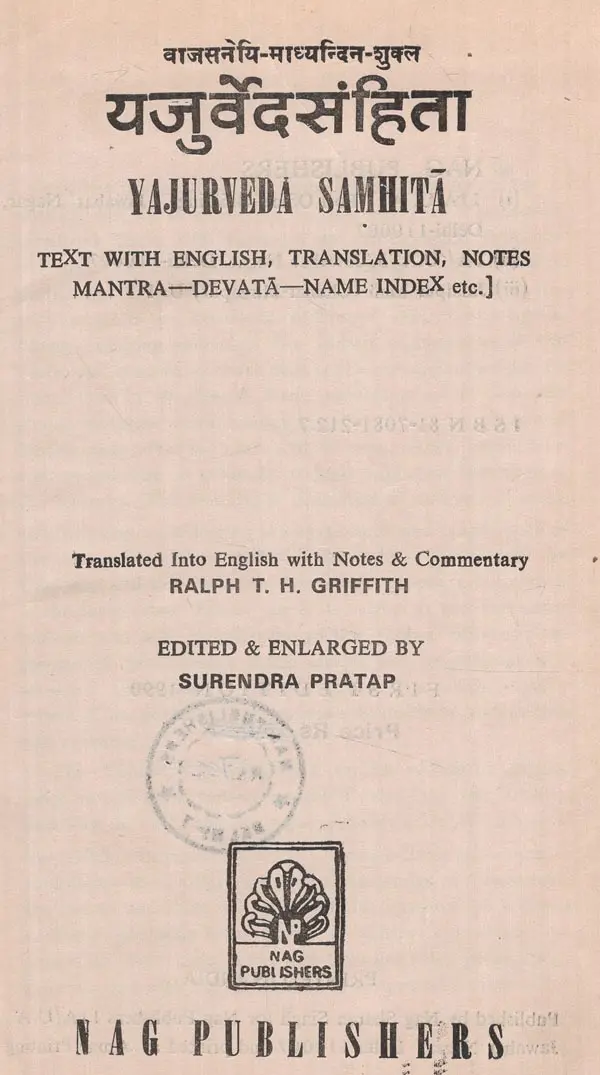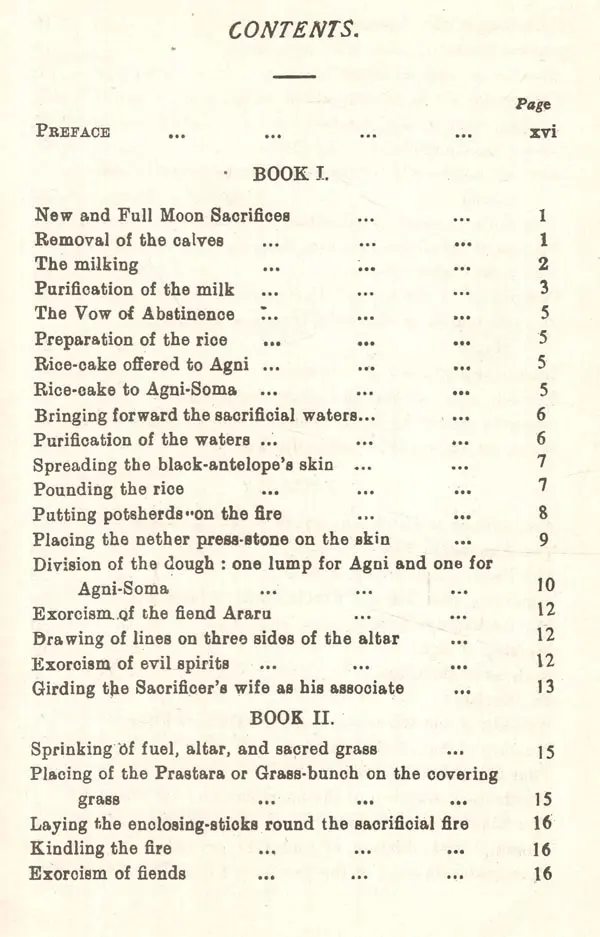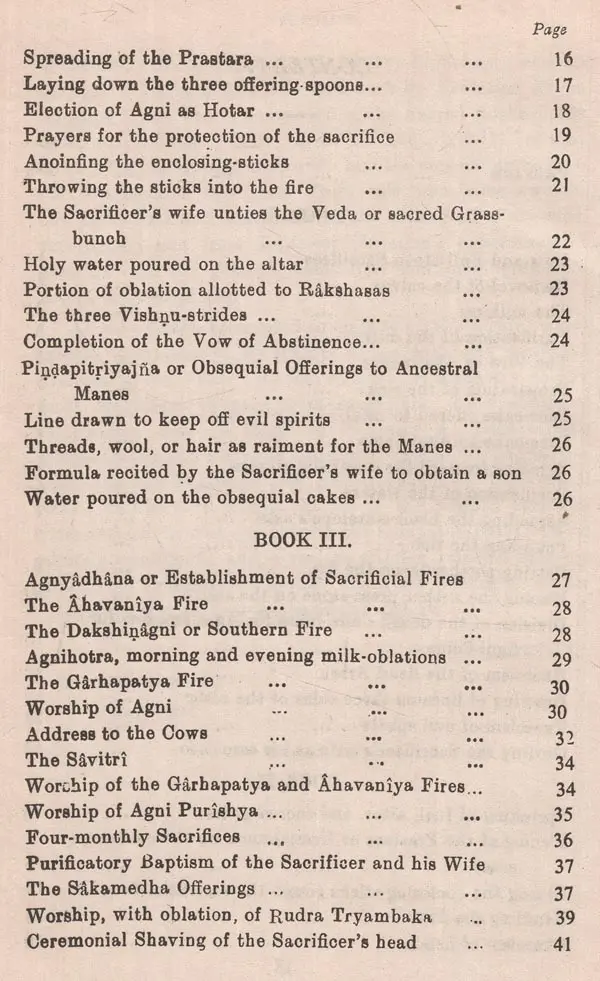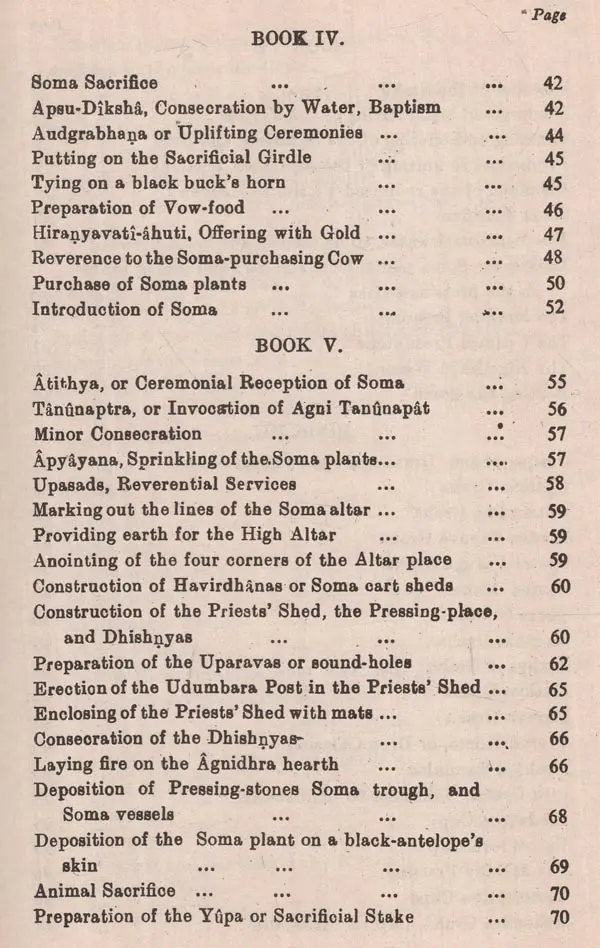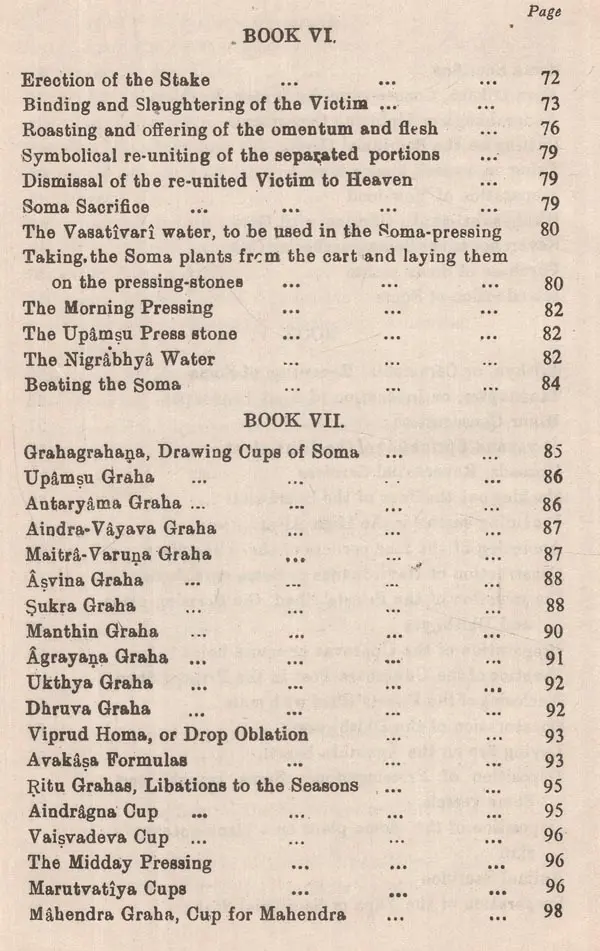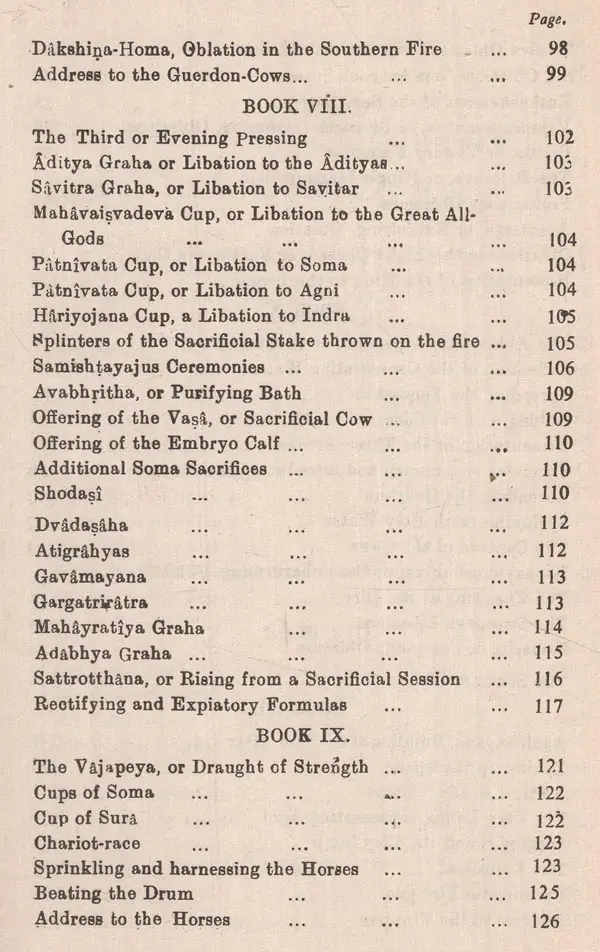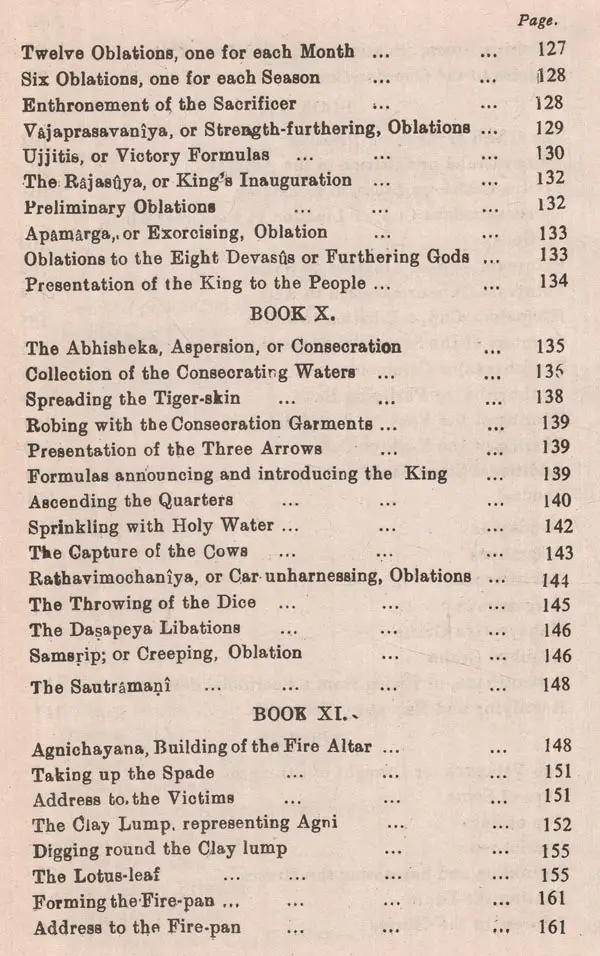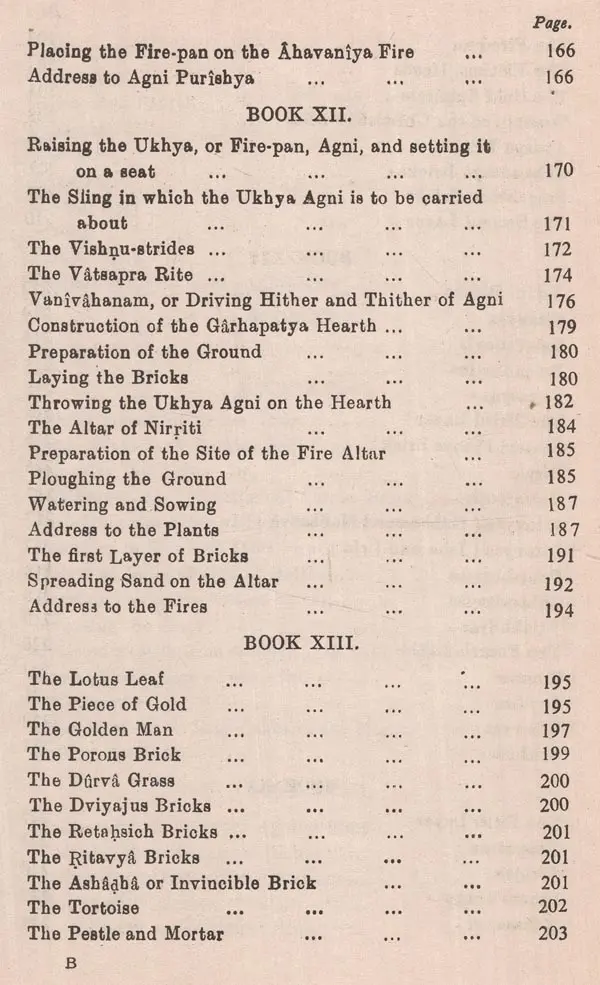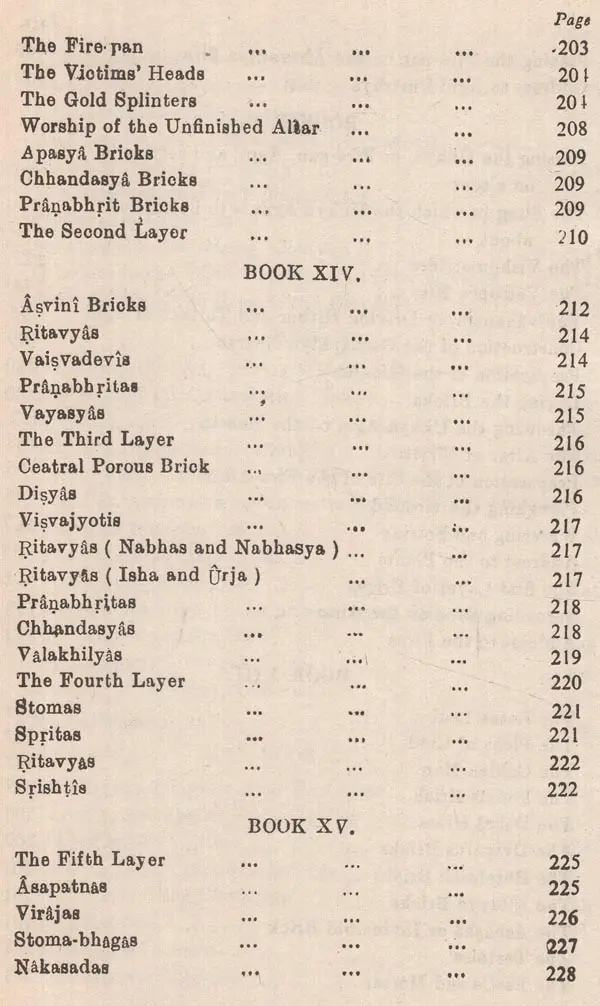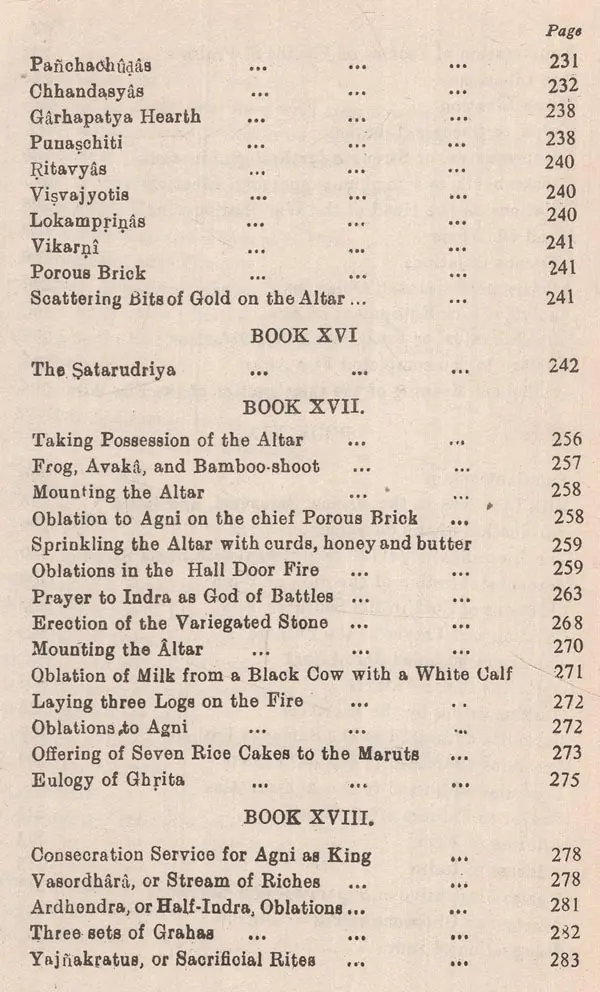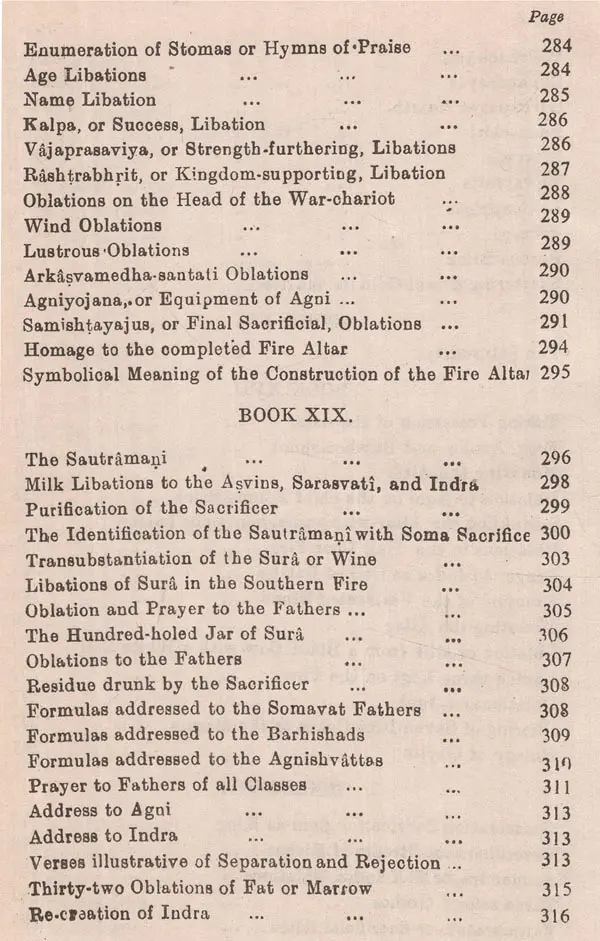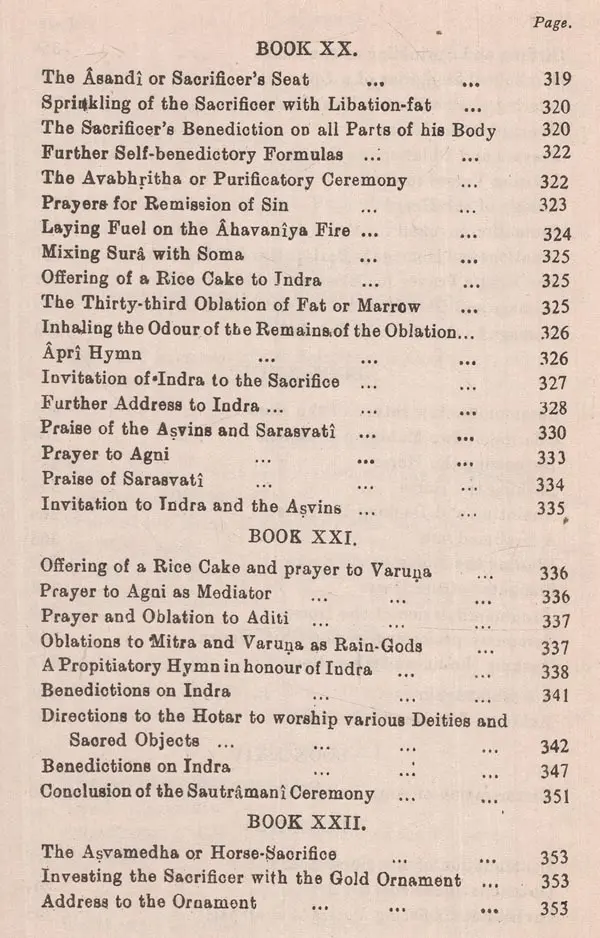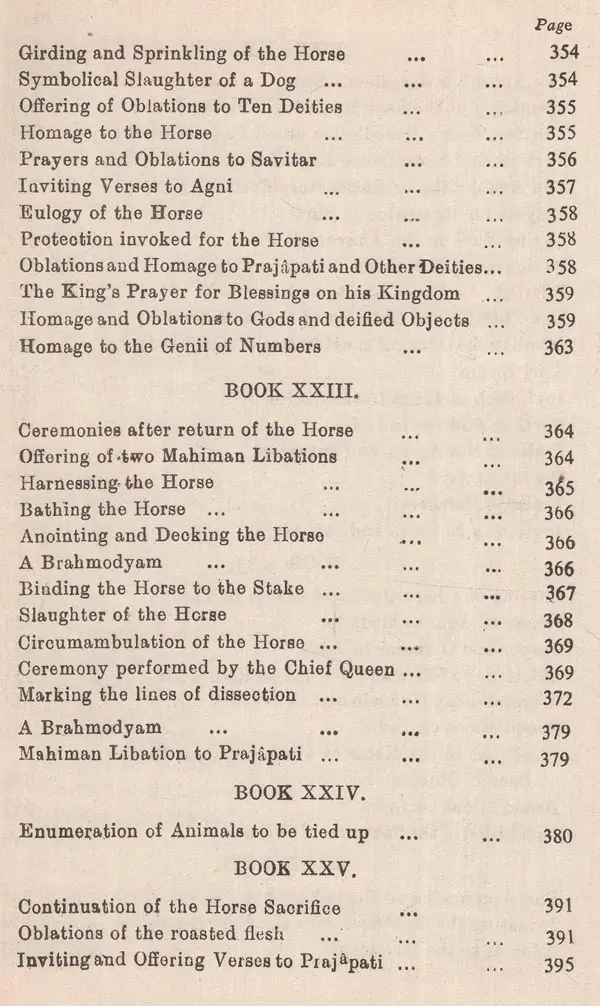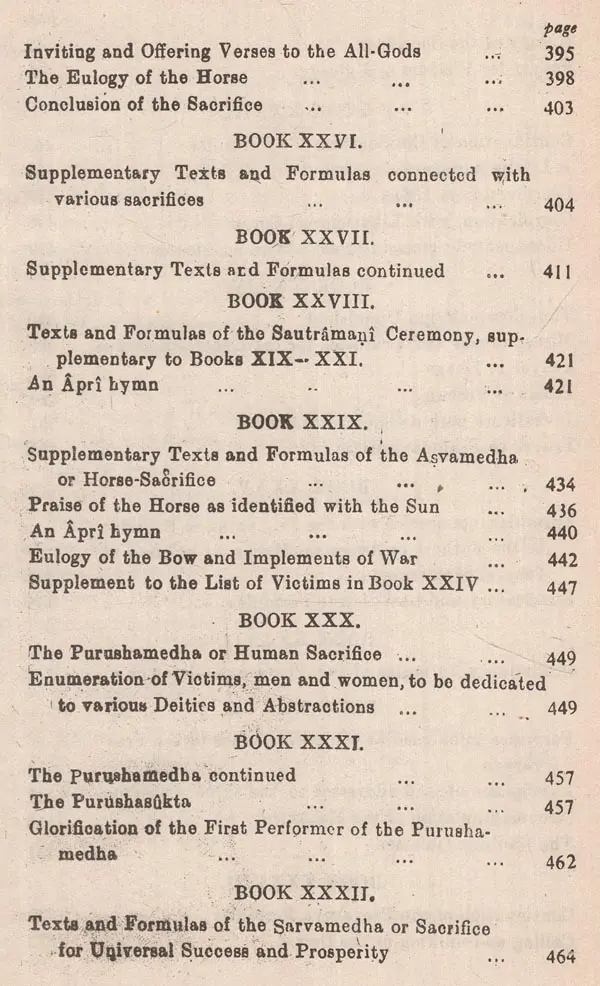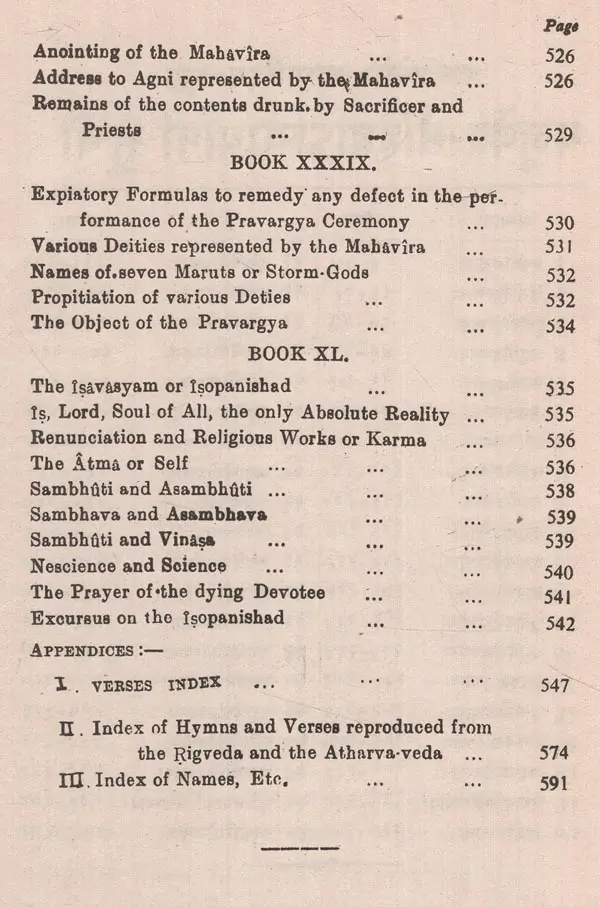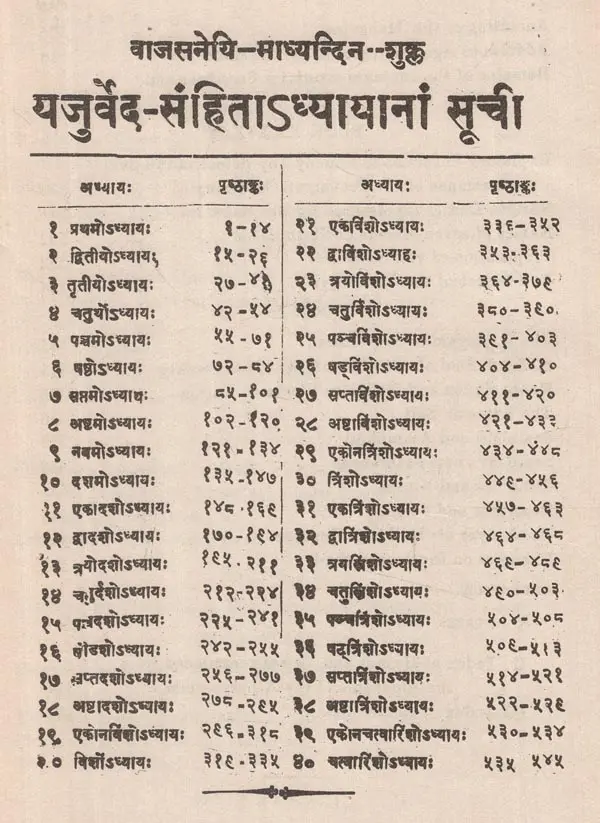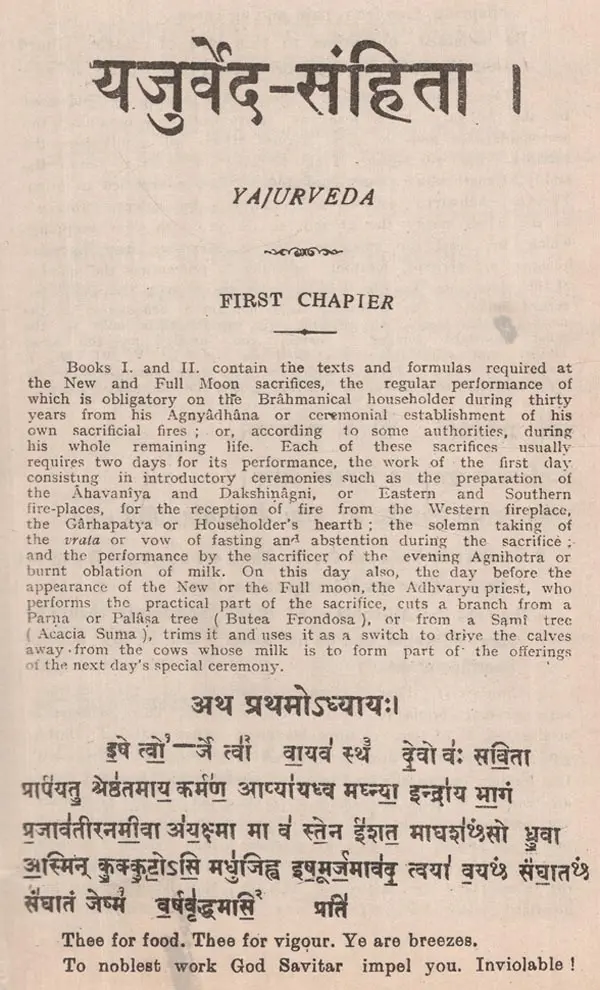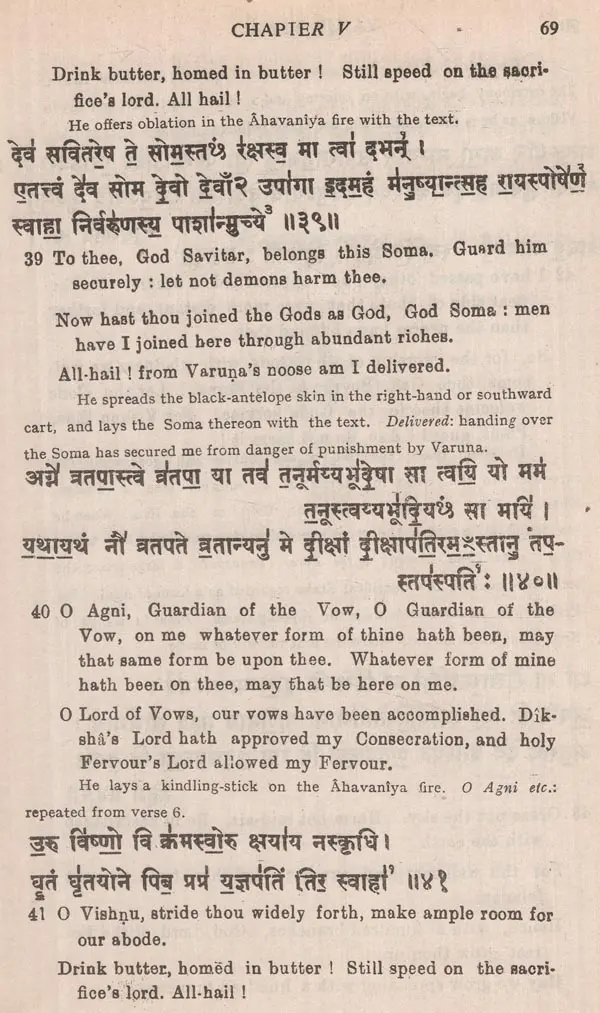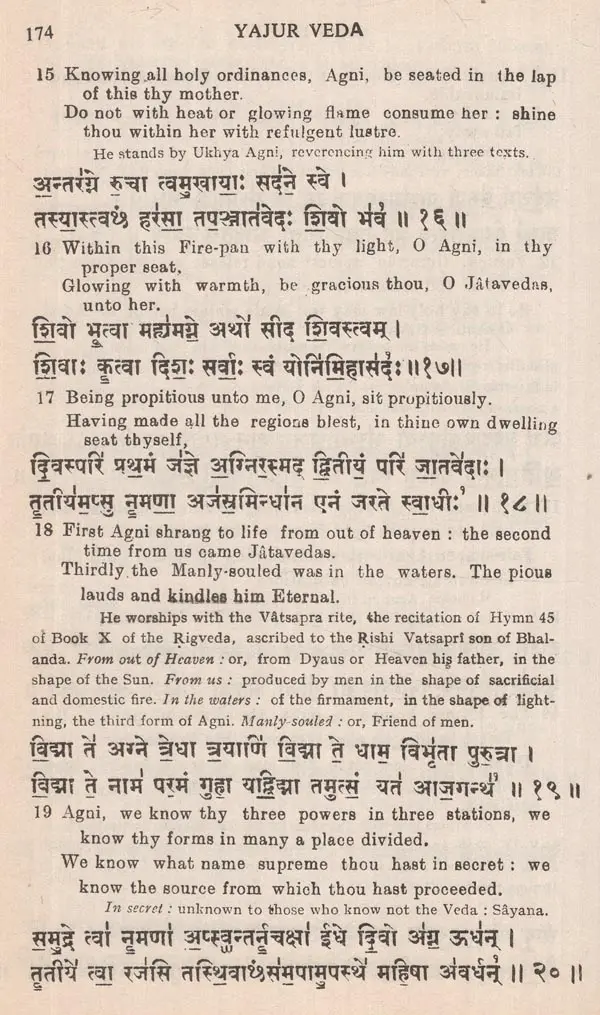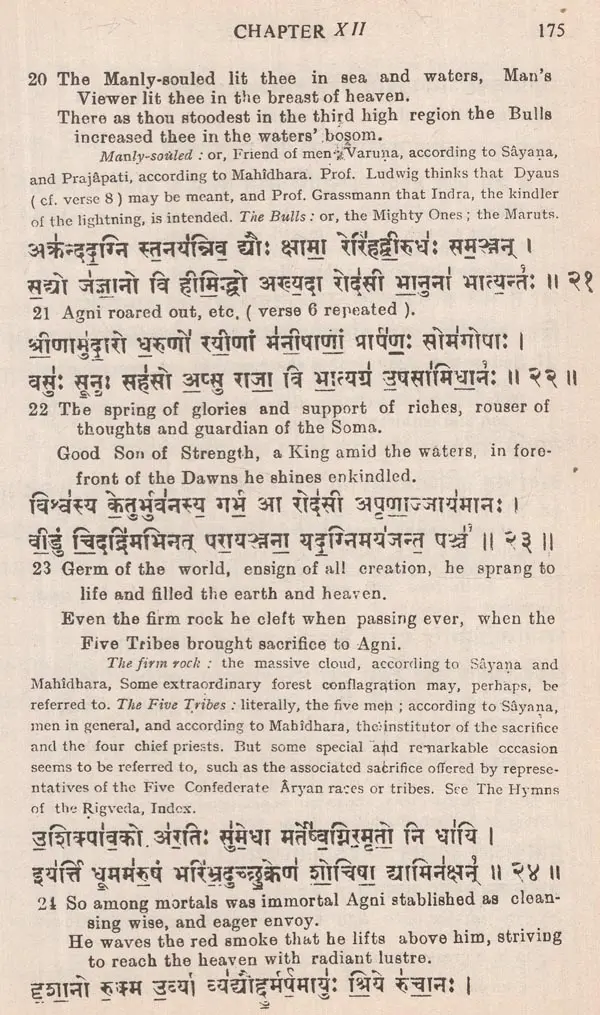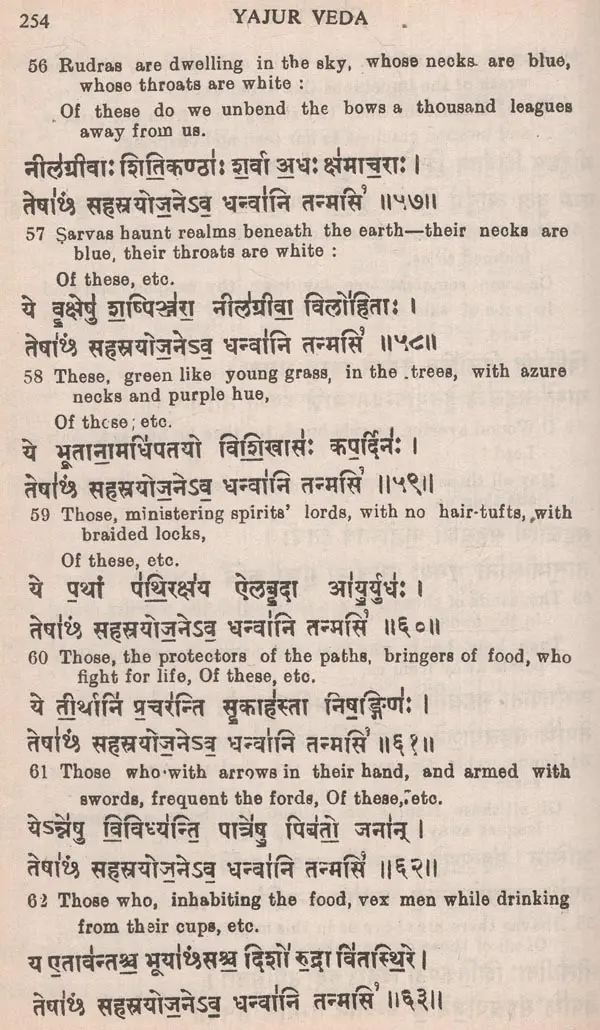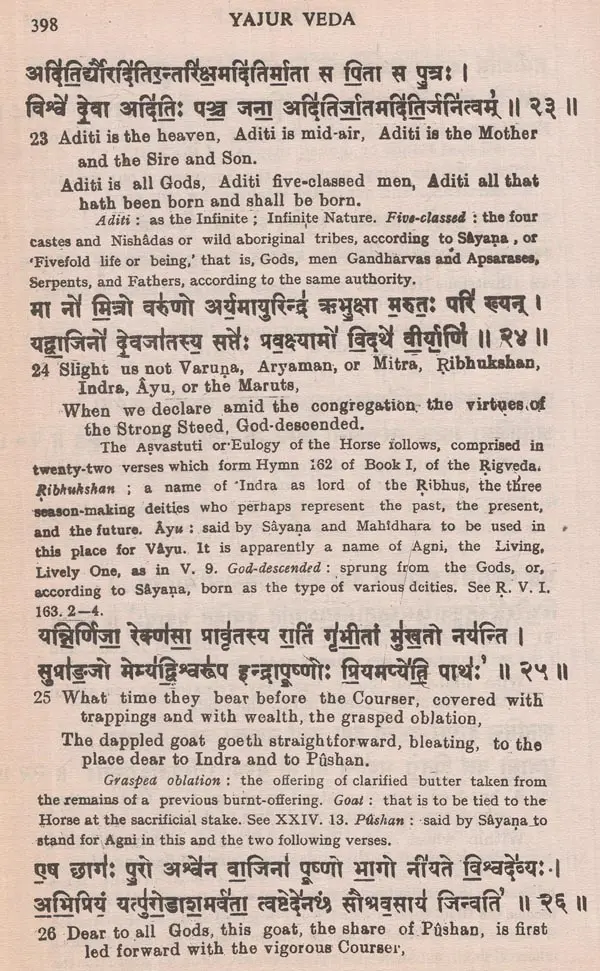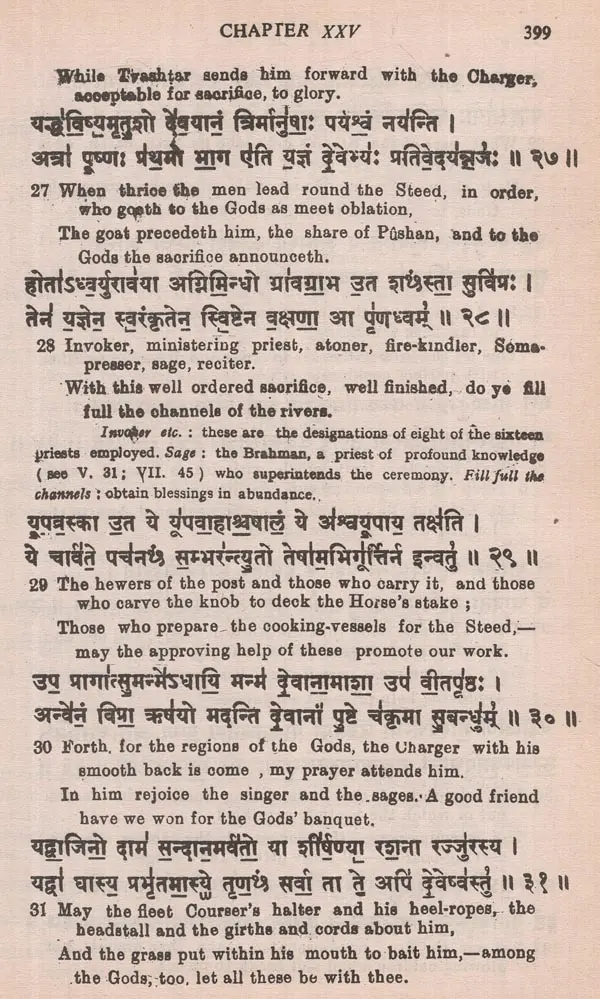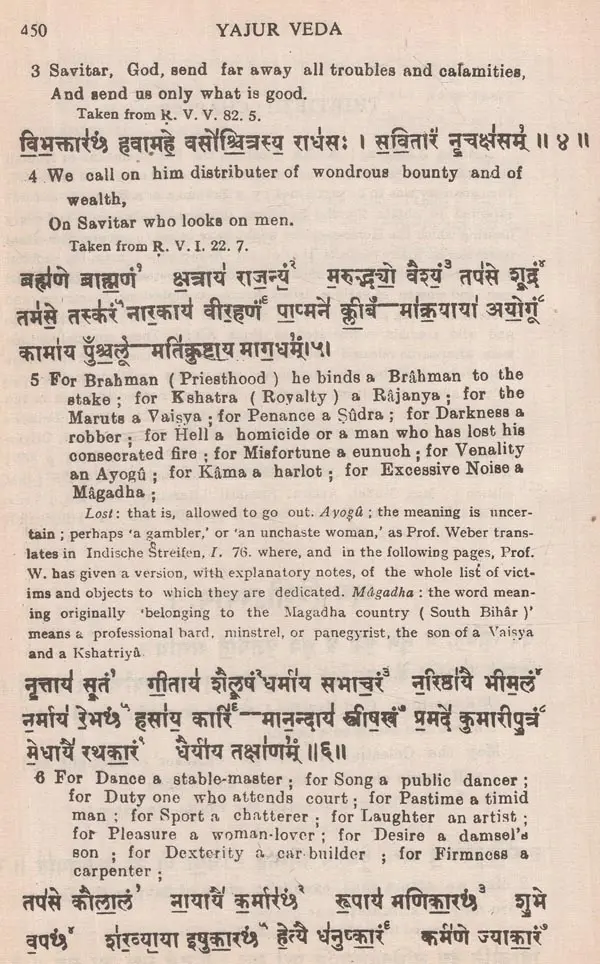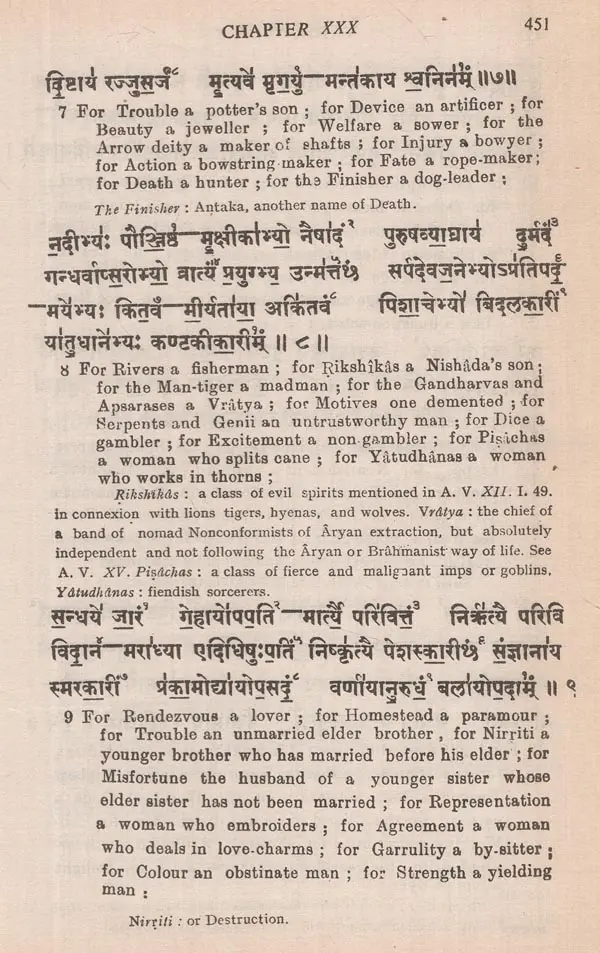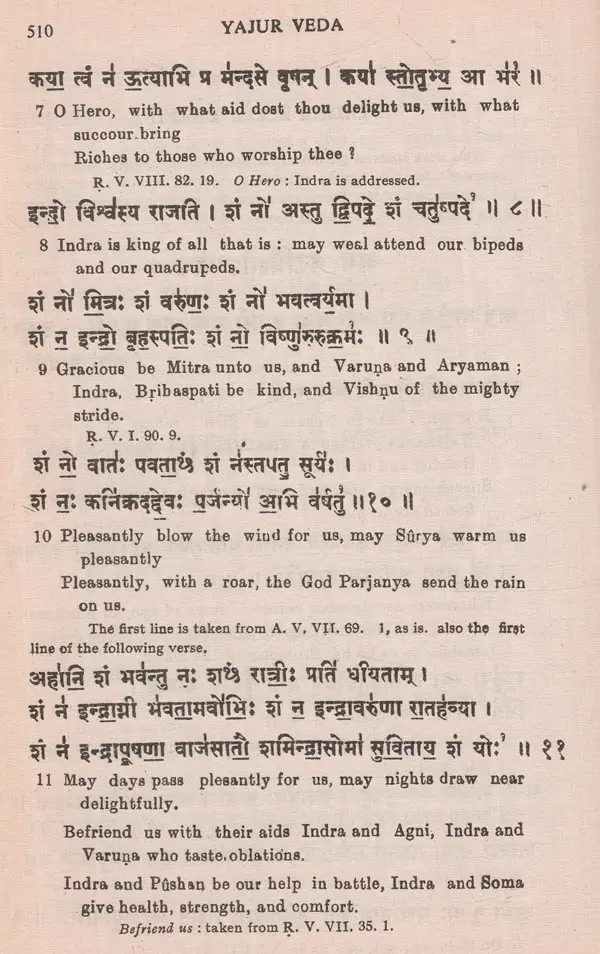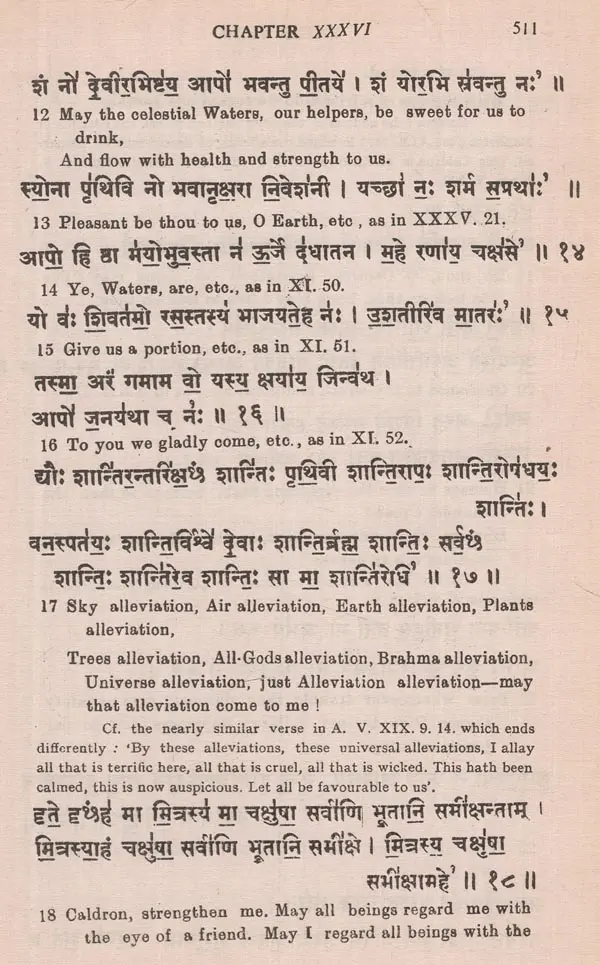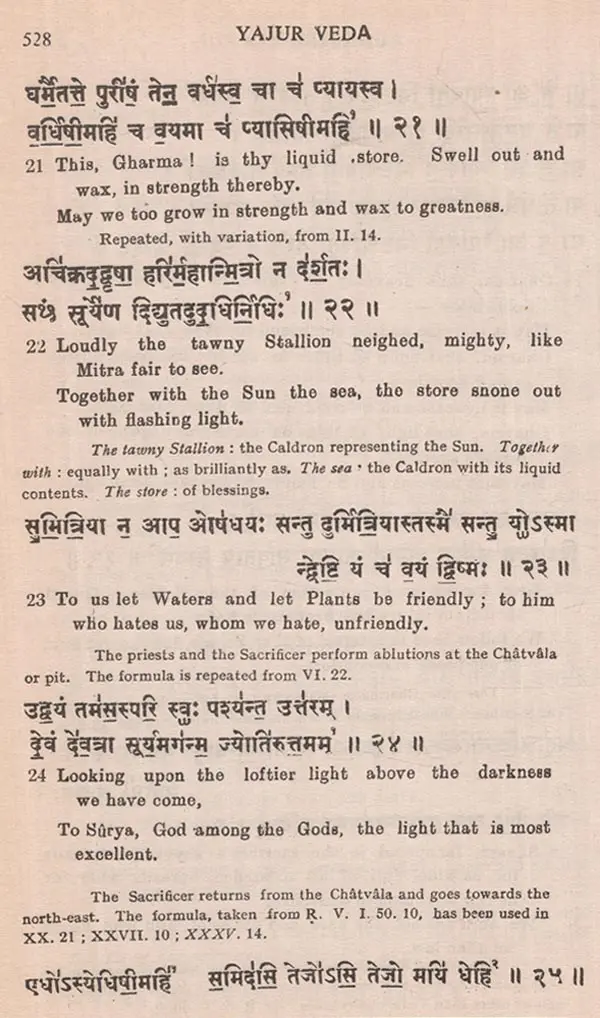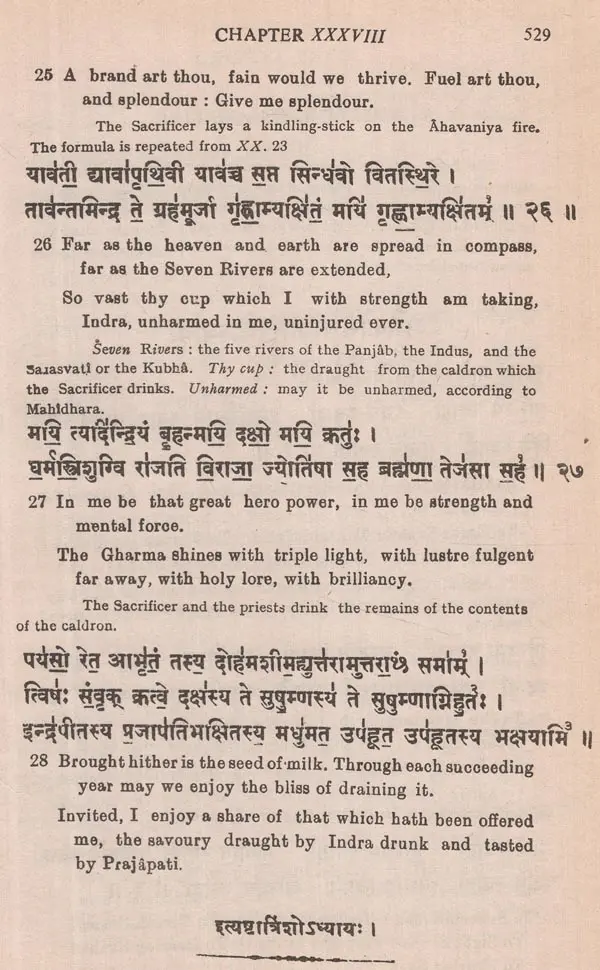
यजुर्वेद संहिता- The Yajur-Veda Samhita: Text With English Translation & Commentary, Mantra & Names Index etc. (An Old and Rare Book)
Book Specification
| Item Code: | UAN992 |
| Author: | RALPH T.H. GRIFFITH |
| Publisher: | NAG PUBLISHERS |
| Language: | Sanskrit Text with English Translation |
| Edition: | 1990 |
| ISBN: | 8170812127 |
| Pages: | 642 |
| Cover: | HARDCOVER |
| Other Details | 9.00 X 6.00 inch |
| Weight | 750 gm |
Book Description
The Yajurveda is the knowledge of sacrifice or sacrificial texts and formulas as distinguished from the Rigveda. It has two Samhitas-Taittiriya and Vajasaneyi Samhita known as Black (Krishna) and White (Shukla) Yajurveda. The Vajasaneyi Samhita is planned in a more systematic and orderly manner than the other. It is actually a hand-book or manual for the Adhvaryu priests who specialized in con ducting sacrifices. The important sacri fices are dealt with Ashvamedha (horse sacrifice), Purushamedha (Human-sacrifice and Darsa Purnamasa (full and new moon).
The text contains Mantra-vise Griffith's English translation which follows the edition of White Yajurveda or Vajasaneyi Samhita in two recensions the Madhyandina and the Kanva. The Volume consists Mantra-Index, Hymns taken from other Vedas, Name-Index Mahi dhara's commentary.
THE YAJURVEDA-derived from the roots yaj, to sacrifice or worship, and rid, to know,-is the Knowledge of Sacrifice or Sacrificial Texts and Formulas as distinguished from the Rigveda or Knowledge of Recited Praise, the Samaveds or Knowledge of Chanted Hymns, and the Atharva or Brahma veds which is the Knowledge of Prayer, Charm, and Spells. Though ranking second in the Indian enumeration of the Vedas and containing much that is of very ancient origin, its compilation in its present form, exhibiting as it does the almost complete development of castes and mixt castes and considerable advance in arts and sciences, trades, handicrafts and occupations, is evidently of later date than that even of the Atharva. The Samhita or Collection of its hymns, texts, and formulas, constituting the hymn-book and prayer-book of the Adhvaryu priests as distinguished from the Hotar, the Udgitar, and the Brahman, the special priests, respectively, of the three other Vedas, owes its origin to the increasing multiformity and complication of the Indian ritual and the recognized insufficiency of the simple and unsystematically arranged Collection of Rigveda Hymns to meet the require ments of the performers of various essentially important rites and ceremonies.
The Yajurveda, owing to a schism among its earliest teachers and their followers, was divided into two distinct Samhitas or Collections called-probably from the names of the Rishis or inspired Seers who are respectively their reputed compilers-the Taittiriys and the Vajasaneya or Vajasaneyi; the former and older being known also by the title Krishna or Black-probably from its dark or obscure appearance, the collection of sacrificial texts and formulas being perplexingly intermingled with the Brahmags or exegetical portion which explains them and teaches their ritual application, and the latter being called Sukla or White, the revised, systematic and clear Collection containing the texts and formulas by themselves with a totally distinct Brahmana, the Satapatha, as an appendix. In the two divisions, besides these essential points of difference, are found occasional verbal and orthoepic variations which are generally of little importance. The order of rites and ceremonies is substantially identical, but the White contains a few more texts than the Black.
